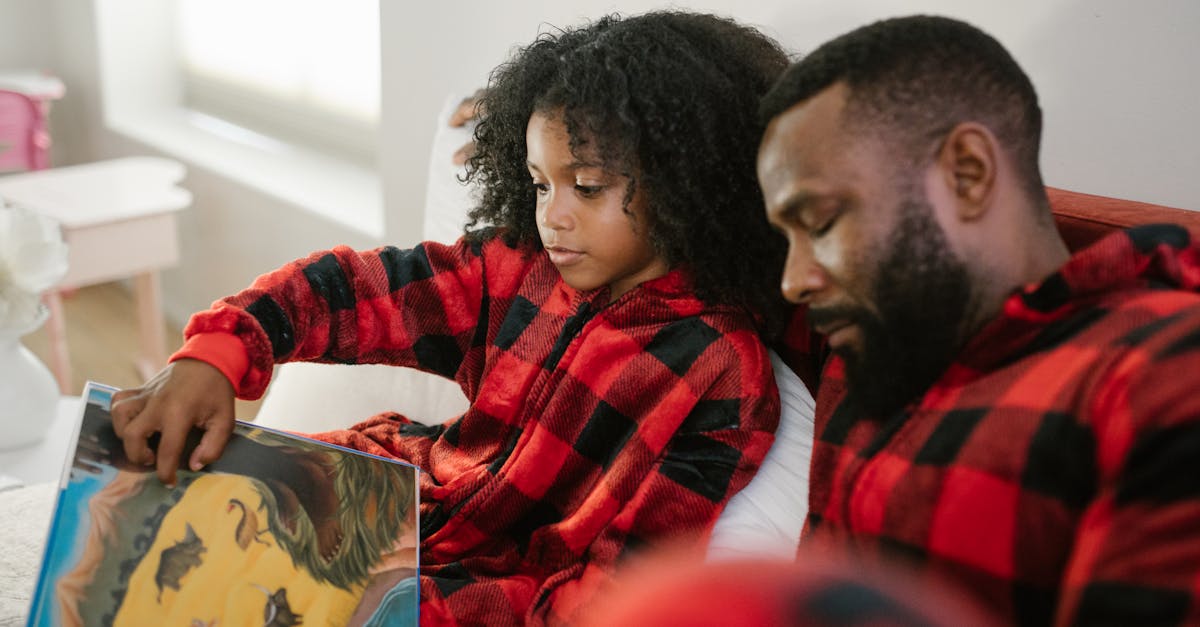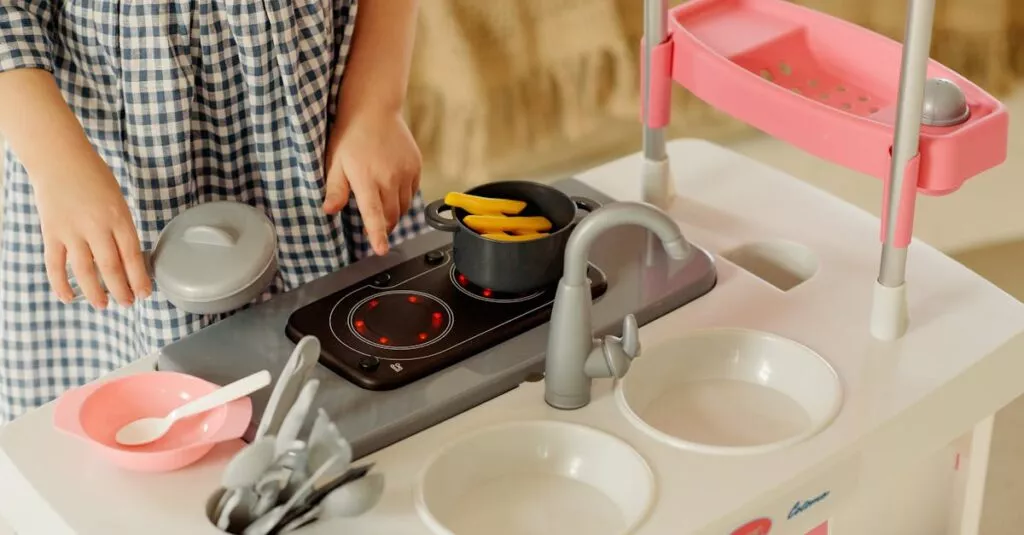Laying the Foundation with Patience
Ever found yourself in a showdown with a three-foot-tall dictator over bedtime? Or maybe refereeing siblings who can’t share a toy without World War III erupting? You’re not alone. Developing problem-solving skills and conflict resolution within boundaries is not just about keeping peace. It’s about nurturing resilient, compassionate kids. Let’s break down how patience plays a pivotal role.
Remember the time my daughter decided to make ‘soup’ in the living room? Cue the patience. Instead of launching into lecture mode, we explored the concept of ‘right place, right time.’ Kitchen antics? A-OK. Living room experimentation? Not so much. This approach didn’t just solve the immediate problem; it was a teachable moment about appropriate settings for creativity.

In Summary
- Patience is essential in guiding children through challenges.
- Setting boundaries helps teach children important values.
- Problem-solving leads to valuable learning experiences.
The Art of Conflict Resolution
Now, onto the battlefield of conflict resolution. The key? Empathy and understanding. It’s like when my sons were locked in a tug-of-war over a toy. Instead of playing judge, we turned it into a game of ‘Toy Court’ where each presented their case. The verdict? Sharing time slots. The result was more than peaceful playtime; it taught negotiation and empathy. These situations are ripe for teaching valuable life lessons in understanding others’ perspectives and finding common ground.

Conflict resolution doesn’t always have to end in a winner and a loser. By approaching it with empathy and understanding, we can turn it into a learning experience that fosters communication and compromise. So, next time you find yourself in a conflict, think about the Toy Court and strive for a resolution that benefits everyone involved.
Setting Boundaries With Compassion
Boundaries are the guardrails of behavior; they’re crucial but need to be set with love. Think of them as teaching self-discipline rather than imposing strict rules. A personal tale? Setting a bedtime routine that balances the fine line between firmness and flexibility. Yes, bedtime is non-negotiable, but allowing a choice of bedtime stories or lullabies instills a sense of control and cooperation. This method reinforces the concept that while rules are rules, there’s room for personal expression within them.

Fostering Independence While Staying Connected
Independence doesn’t mean going it alone; it’s about making informed decisions. Encouraging independence while maintaining a connection involves guiding rather than dictating. Like when my daughter wanted to dress herself for school. Some choices were… questionable. But the decision was hers. The message was clear: ‘I trust you, but I’m here if you need guidance.’ This approach builds confidence and decision-making skills, vital for navigating life’s challenges.

Encouraging Emotional Literacy
Last but not least, emotional literacy is paramount. Understanding and expressing emotions are skills crucial for all areas of life. When my toddler felt frustrated, we’d name that emotion and explore solutions together. This not only diffuses the immediate situation but teaches long-term strategies for managing emotions. It’s about providing tools for emotional expression and problem-solving, setting the stage for healthy emotional development.

Related Posts:
- Bedtime Routine & Boundaries for Preschoolers
- Sibling Conflict Resolution: Boundaries with Love
- Teaching Boundaries to Preschoolers with Role-Playing
- Boundary Setting for Sharing & Respect
- Managing Boundaries in Public Outings for Preschoolers
